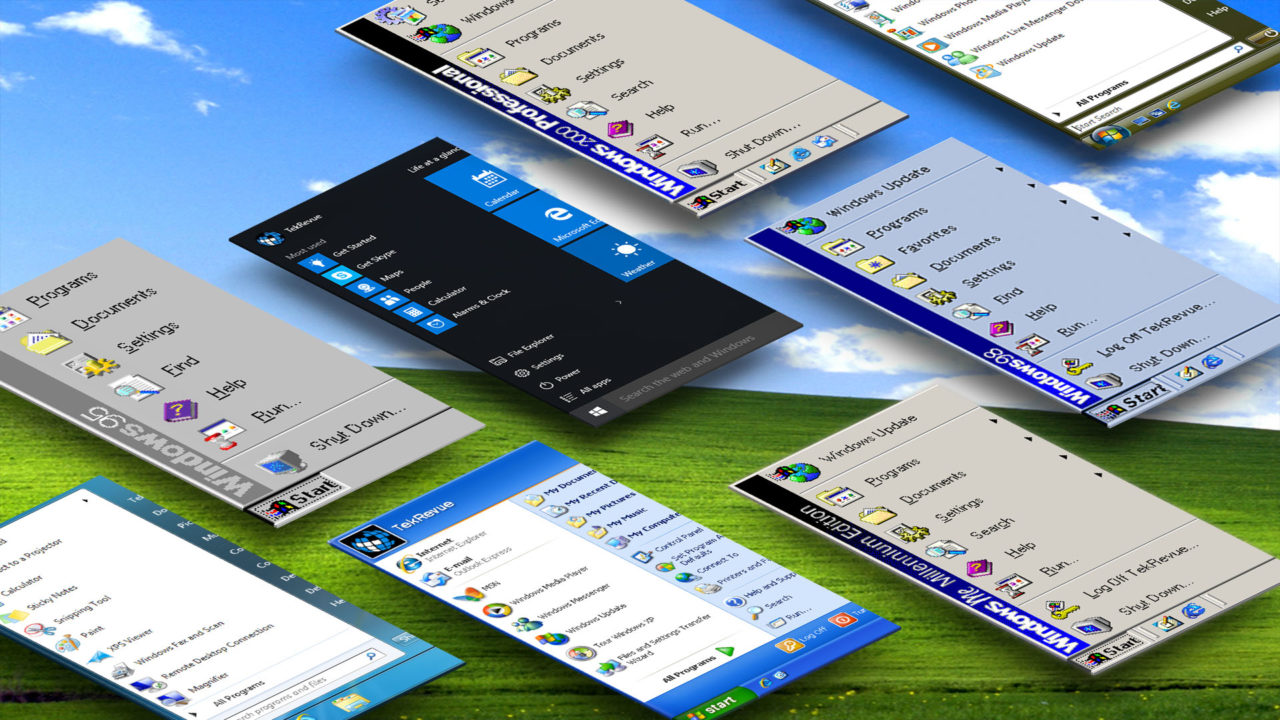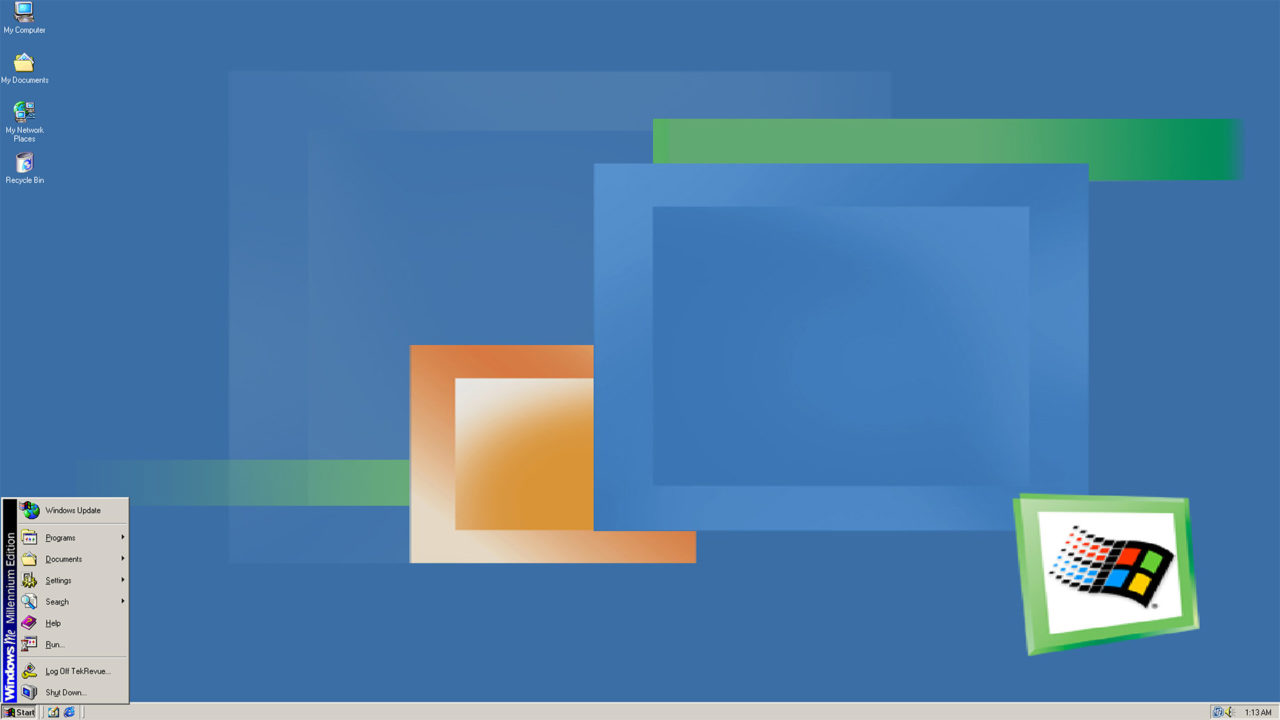The Evolution of the Windows Start Menu: Windows 95 to Windows 10

Windows ME
Codename: Millenium
General Availability: September 14, 2000
Perhaps no other version of Windows receives as much grief as Windows ME (Millenium Edition), and while much of the criticism directed toward it is deserved, the operating system still served an important role in introducing several new features and technologies.
Targeted exclusively at consumers, Windows ME was based on the same 9x code base as Windows 98, and was similar to its predecessor in many regards. Although Microsoft planned to continue the merger of consumer and business versions of Windows that began with Windows 2000, the result of that effort — Windows XP — was still more than a year from completion, leaving Microsoft to release Windows ME as a stopgap for its consumer market.
As for the Start Menu, not much changed between Windows 98 and Windows ME. The “Windows Me” branding on the left of the menu aside, Windows 98 users who were unfortunate enough to upgrade to Windows ME would at least have no trouble understanding and navigating the Start Menu.
While plagued with bugs and stability issues, Windows ME introduced important new features such as Windows Movie Maker, System Restore, and Automatic Updates. Several major issues, some of which were intentional omissions by Microsoft such as the lack of real mode DOS, advanced Windows Explorer commands, and hard limits on system RAM, greatly limited the appeal of Windows ME, and the operating system was quickly pulled once Windows XP hit the market just over a year later.
[one_half padding=”0 5px 20px 0″]
1. Introduction
2. Windows 95
3. Windows 98
4. Windows 2000 Professional
5. Windows ME
[/one_half]
[one_half_last padding=”0 0px 20px 5px”]
6. Windows XP
7. Windows Vista
8. Windows 7
9. Windows 8.1
10. Windows 10
[/one_half_last]


















3 thoughts on “The Evolution of the Windows Start Menu: Windows 95 to Windows 10”
Krystle of
pirate bay